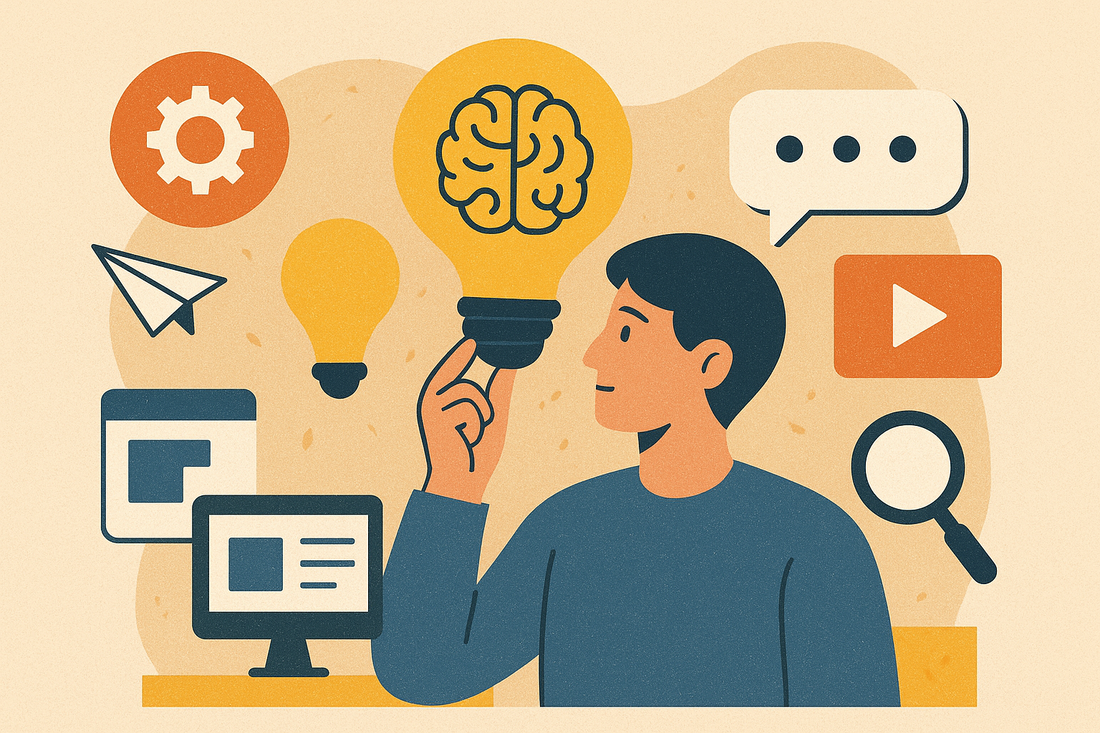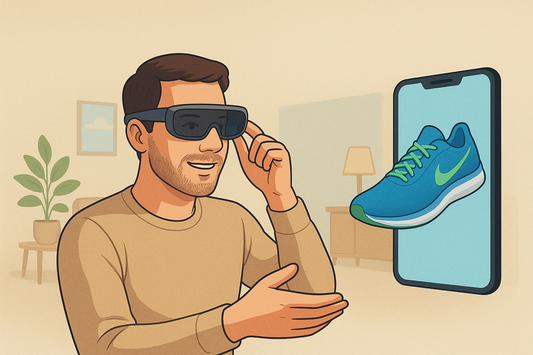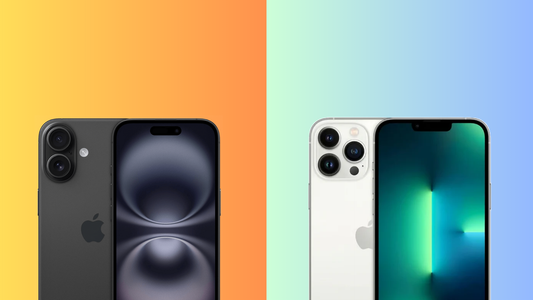
Creativity in the Information Age: How to Innovate in a Content-Saturated World
Givi TechnologyShare
Creativity in the Information Age
How to innovate and stand out in a world saturated with data and digital content
Introduction
In the digital age, creativity has become a key resource for standing out. Although access to information is almost unlimited, content overload creates a challenge: innovating in an environment where everything seems pre-made.
This article offers practical strategies, examples, and tools for individuals and organizations seeking to foster creativity and innovation by combining critical thinking, collaboration, and technology.

1. Information overload
We live surrounded by data: articles, videos, social media, and newsletters competing for our attention. Information overload can paralyze creativity and lead to mental fatigue.
Filtering, prioritizing, and organizing information is essential. Techniques such as content curation , using feed readers, and scheduling downtime are effective strategies.

2. Encourage a creative mindset
Creativity is not an innate talent, but a trainable skill. Some strategies include:
Lateral thinking
- Explore solutions from unexpected perspectives.
- Breaking conventional patterns.
Continuous learning
- Study disciplines other than your own.
- Participate in workshops and refresher courses.
Spaces for reflection
- Dedicate time to deep thought.
- Reduce digital distractions.

3. Collaboration and diversity
Innovation emerges in diverse environments. Teams with diverse perspectives and skills generate more disruptive ideas.
Collaborative platforms allow remote teams to work together effectively, overcoming physical and time barriers.

4. Technology as an ally
Technology enhances creativity if used strategically. AI tools, design platforms, and data analytics can accelerate idea generation.
Generative AI
- Generation of texts, images and concepts.
- Rapid exploration of creative prototypes.
Design tools
- Figma, Canva and Miro for prototyping and visualization.
- They facilitate remote collaboration.
Automation
- Scripts and bots free up time for creative thinking.
- Reduce repetitive tasks.

5. Practical examples
To inspire you, here are some examples of innovation in information-saturated environments:
Digital art
Projects that combine AI and human creativity to generate unique and personalized works.

Tech startups
Companies that use data analytics and remote collaboration to launch disruptive products quickly.

Creative education
Platforms that integrate gamification and interdisciplinary learning to enhance students' creativity.

6. Innovate with purpose
Creativity driven by an authentic purpose achieves greater impact. Defining problems to solve and clear objectives helps focus creative efforts.

Conclusion
Creativity in the information age is both possible and necessary. While data overload is a challenge, it also offers unique opportunities.
Filtering information, training your mind, collaborating, leveraging technology, and acting with purpose allows you to excel and innovate. The key is to transform challenges into opportunities and view the abundance of information as a resource, not an obstacle.





